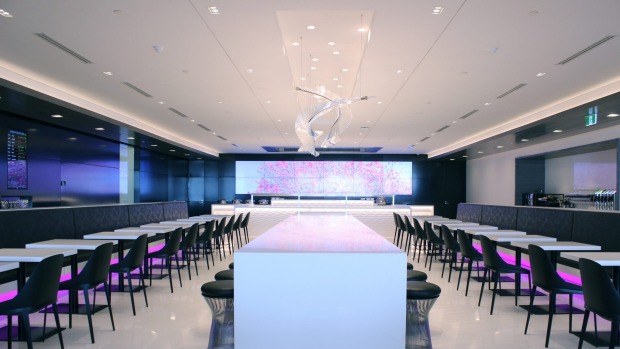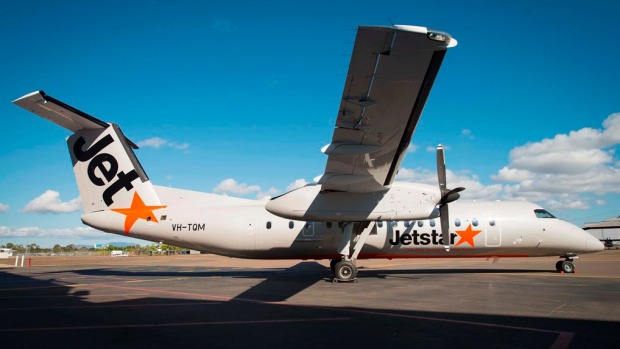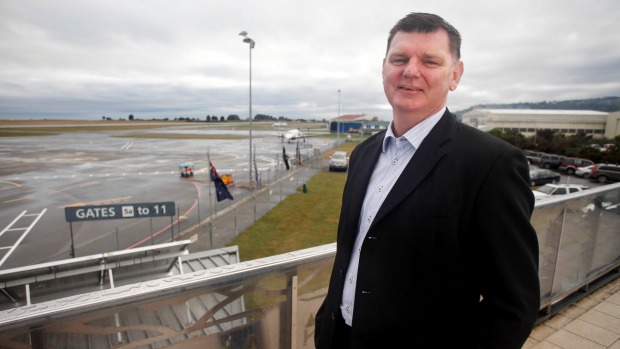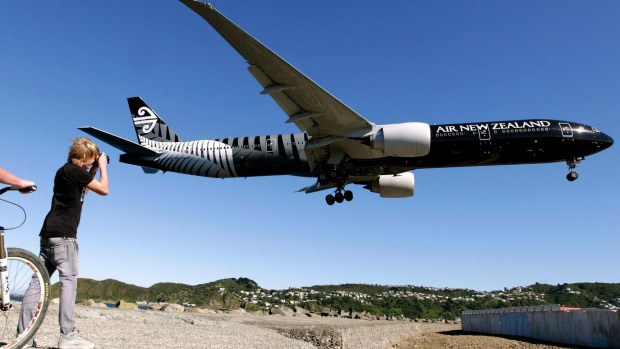"The Cook Islands is a favourite destination for many New Zealanders and we’re confident our low fares to Rarotonga will be warmly welcomed by holidaymakers throughout the country".
Jetstar will bring its low fares to the Cook Islands for the first time with the airline to commence year-round services between Auckland and Rarotonga from 22 March 2016*.
Jetstar Head of New Zealand Grant Kerr said the low fares airline’s first service connecting New Zealand and the Cook Islands from Australia would provide more choice and competition on the route.
“We’re very excited to announce our first direct service from New Zealand to the beautiful South Pacific,” Mr Kerr said.
“The Cook Islands is a favourite destination for many New Zealanders and we’re confident our low fares to Rarotonga will be warmly welcomed by holidaymakers throughout the country.”
All return flights originate from Sydney or Melbourne and Jetstar will offer Australian travellers connecting fares to Rarotonga via Auckland. This will enable the Cook Islands to tap into the two biggest Australian tourism markets to grow visitation.
Mr Kerr said Jetstar will be the first new airline in more than 10 years to connect Auckland and Rarotonga, offering three return services a week on a year-round basis.
“Whenever Jetstar enters a market our low fares help to grow that market,” Mr Kerr said.
“We expect our new flights to Rarotonga will significantly lift passenger numbers from both New Zealand and Australia, delivering substantial benefits to Cook Islands tourism.”
Cook Islands Tourism General Manager Graeme West said the announcement was a very positive development for the island nation.
“Tourism contributes 60 percent of GDP in the Cook Islands so the new services will provide a major boost to the country’s economy,” Mr West said.
“Rarotonga welcomes more than 82,000 visitors from New Zealand each year and the additional Jetstar capacity from March 2016 will allow the market to grow even more.
"We’re delighted that Jetstar has made this commitment to our nation and we look forward to working closely with them to ensure it’s a long standing relationship.”
Jetstar will add around 25,000 new return seats a year to the Auckland-Rarotonga route*, representing capacity growth of more than 15 percent to the Cook Islands from New Zealand.
Services begin 22 March 2016, ahead of next year’s Easter break and the first school holidays. Return services will operate three times a week departing Auckland on Tuesday, Saturday and Sunday.
In addition to the connecting flights from Sydney and Melbourne, Jetstar will offer connections from Wellington, Christchurch, Queenstown, Napier, Nelson, New Plymouth and Palmerston North.
LAUNCH SALE INFORMATION
The following special launch fares will be on sale for 12 hours from 11.30am (NZDT) today for travel next year to Rarotonga from 2-12 April, 7 May-5-July, and 30 July-30 August: $129^ from Auckland, $169^ from Wellington, Christchurch, Napier, Nelson, New Plymouth and Palmerston North, and $199^ from Queenstown. Regular one-way lead-in fares start from $219^ Auckland-Rarotonga.
* Flights subject to government and regulatory approval. Flights originate in Australia.
^ Checked baggage not included. Sale fares not available on all flights or days and conditions apply. Prices are based on payment by direct deposit/POLi, or voucher for bookings through jetstar.com. For all other bookings, a Booking and Service Fee of $8.50 per passenger per international flight applies.























